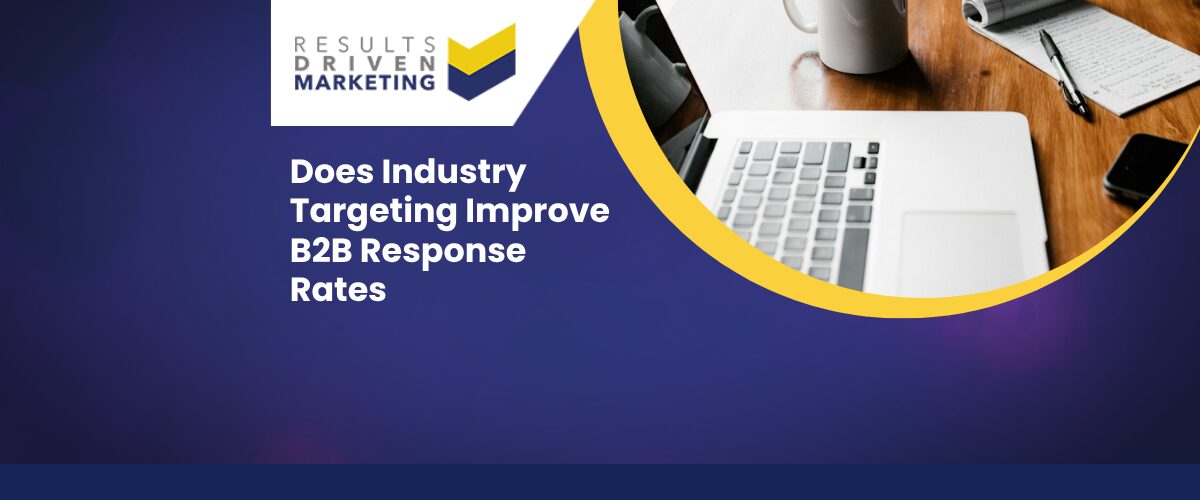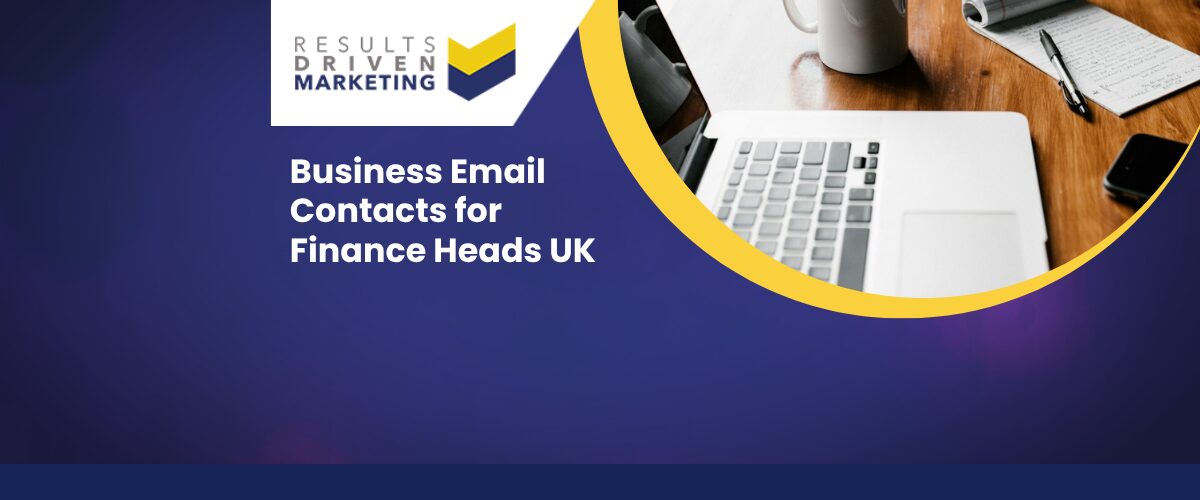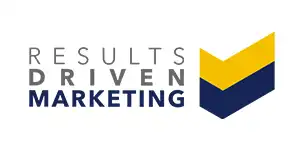
Does Industry Targeting Improve B2B Response Rates
Does industry targeting improve B2B response rates? If you’re running email or telemarketing campaigns and hearing crickets, you’re not alone. Many SMEs cast the net too wide—sending the same message to every business, regardless of sector—and wonder why no one bites.
The truth is, generic outreach rarely delivers. When you tailor your campaigns to a specific industry, you instantly increase relevance. That means higher open rates, more replies, and ultimately better conversions. You’re not just selling a service—you’re solving a sector-specific problem. And that lands differently.
In this guide, we’ll unpack how industry targeting works, why it matters in B2B marketing, and how small businesses can use it to their advantage. We’ll share real examples, practical tips, and simple steps to help you focus your outreach—so you get more results from every send. Whether you’re new to cold outreach or trying to improve what you’ve got, this article will point you in the right direction.
Table of contents:
What Is Industry Targeting in B2B Marketing?
Does industry targeting improve B2B response rates? To answer that, you need to understand what industry targeting actually means in a marketing context.
Industry targeting is the practice of focusing your outreach on businesses within specific sectors—like construction, healthcare, finance, or retail—rather than using a broad, all-businesses approach. It means selecting companies that are more likely to benefit from your product or service based on their industry challenges, workflows, or regulatory pressures.
In B2B marketing, this matters more than in B2C. Why? Because different industries:
-
Operate with different decision-makers
-
Use sector-specific language and processes
-
Face distinct problems and priorities
By aligning your outreach to the industry context, you make your message feel more relevant—and relevance is the foundation of response. Whether you’re sending emails, making calls, or running multi-channel campaigns, industry targeting helps your marketing land with more impact.
The Problem with Broad, Untargeted Outreach
Does industry targeting improve B2B response rates? Absolutely—and here’s why the alternative falls short.
Many small businesses fall into the trap of sending the same generic message to every company on their list, hoping something sticks. But broad outreach leads to:
One-Size-Fits-All Messaging
When your content isn’t tailored, it feels generic. Recipients can tell when an email or call pitch isn’t specific to their world—and they ignore it.
Wasted Effort on the Wrong Contacts
Without industry filters, you’re likely reaching businesses that have no use for what you offer. That means more outreach with fewer results.
Higher Bounce and Spam Complaints
Poor targeting often leads to old or irrelevant data being used, which increases the chance of hitting non-existent or uninterested contacts.
Weak Brand Positioning
If you sound like you’re trying to be all things to all people, you don’t stand out to anyone. That makes your campaigns easier to forget—and ignore.
Targeting helps solve these problems by aligning your message with the people who are most likely to care.
How Industry Targeting Boosts Response Rates
Does industry targeting improve B2B response rates? It does—and not by a little. By focusing your message on a specific sector, you dramatically improve engagement at every stage of the campaign.
Relevance That Resonates
When your message speaks directly to a sector’s challenges—whether that’s compliance in financial services or recruitment issues in hospitality—it’s far more likely to get a reaction. Relevance builds trust.
Higher Open and Click Rates
Emails with industry-specific subject lines and content see better open and click-through rates. People engage more with messages that feel like they were written for them.
More Meaningful Conversations
When prospects feel like you understand their world, they’re more open to talking. Calls convert quicker. Replies go deeper. Industry familiarity removes friction from first contact.
Improved ROI and Campaign Efficiency
Targeting means fewer wasted messages, more qualified leads, and a better use of your marketing budget. It’s not about sending more—it’s about sending smarter.
Ultimately, industry targeting turns generic campaigns into relevant ones—and that’s where the results happen.
Industry Targeting in Action: Examples from SMEs
Does industry targeting improve B2B response rates? Real-world examples say yes—especially for SMEs working with lean teams and limited budgets.
Example 1: Niche Targeting Improves Telemarketing Conversion
A small IT support firm in the Midlands focused a calling campaign exclusively on veterinary clinics. With tailored messaging around sector-specific software issues, they booked 5x more appointments than their previous broad outreach.
Example 2: Sector-Specific Email Campaign Gets More Replies
A commercial cleaning company ran two email campaigns—one generic, and one targeted at manufacturing companies. The targeted version saw a 60% higher open rate and nearly double the reply rate, just by swapping in relevant sector terms and pain points.
Example 3: Direct Mail That Lands with Impact
A marketing agency mailed personalised postcards to legal firms referencing regulatory changes. The campaign generated multiple inbound calls—without increasing spend—because the messaging felt relevant and timely.
These examples show that industry targeting doesn’t have to be complex—it just has to be intentional. A small tweak in focus can unlock major results.
How to Apply Industry Targeting to Your Campaigns
Does industry targeting improve B2B response rates? Yes—and you don’t need a massive marketing team to make it work. Here’s how small businesses can apply it step-by-step:
Define Your High-Value Sectors
Start by looking at who your best customers already are. What industries do they work in? Where do you get the quickest wins or highest order values?
-
Analyse your existing customer base
-
Prioritise sectors with strong need or high spend potential
-
Choose 1–3 sectors to test first
Filter Data by Industry Early
Whether you’re building lists internally or purchasing them, make sure to filter by industry codes (like SIC) or job role relevance. The earlier you narrow down, the less time you waste later.
-
Align filters with your sales strategy
-
Request sector-specific breakdowns from your data supplier
Adapt Messaging by Sector
You don’t need 10 totally different campaigns. Start with a base message, then tweak the key elements:
-
Subject lines or opening statements
-
Sector-specific pain points
-
Relevant examples or client results
Small edits make big differences in engagement.
Track Results by Industry
Measure performance for each industry segment—opens, replies, conversions.
-
Use tags or folders to track results
-
Review what works and refine over time
-
Focus budget on your best-performing sectors
Industry targeting isn’t about adding complexity—it’s about removing waste and increasing impact.
Why Choose Results Driven Marketing
At Results Driven Marketing, we help UK SMEs get the most from their outreach by supplying accurate, sector-specific B2B data tailored to their goals.
Here’s what sets us apart:
-
Targeted by Industry: We build lists from 2,000+ UK industries—filtered by SIC code, job title, company size, and region—to make sure your message lands where it matters.
-
Campaign-Ready Data: Every list is formatted for easy import into your CRM or email platform, delivered securely within 24 hours.
-
CTPS-Checked and GDPR-Compliant: All records are screened against the Corporate Telephone Preference Service and aligned with GDPR guidance for lawful B2B marketing.
-
Human Support: No bots or call queues—just real help from a small, knowledgeable team who care about your success.
-
Tailored to Your Style: Whether you do cold email, phone outreach, or direct mail, we supply data aligned with your preferred approach.
Need a list tailored to your industry? Explore our email lists or contact us to speak with a specialist.
Final Thoughts: Make Every Message Count
Does industry targeting improve B2B response rates? Without a doubt. When your message is relevant to the recipient’s sector, everything performs better—emails get opened, calls get answered, and conversations become more productive.
For small businesses especially, targeted outreach means less waste and more wins. It’s not about contacting more people—it’s about contacting the right ones with the right message.
With smart industry targeting, you can:
-
Improve engagement and ROI
-
Shorten your sales cycle
-
Build credibility in your niche
-
Spend less and convert more
At Results Driven Marketing, we help UK SMEs get there faster with high-quality, sector-filtered B2B data that actually works. Whether you’re new to industry targeting or ready to refine your existing campaigns, we’re here to help you get it right.
Ready to see how industry targeting could improve your results? Get in touch—we’d love to hear about your goals.
Results Driven Marketing
Accurate B2B Marketing Lists | GDPR-Compliant Data | Tailored Outreach Support
📞 0191 406 6399
📍 Newcastle, UK
🌐 rdmarketing.co.uk




